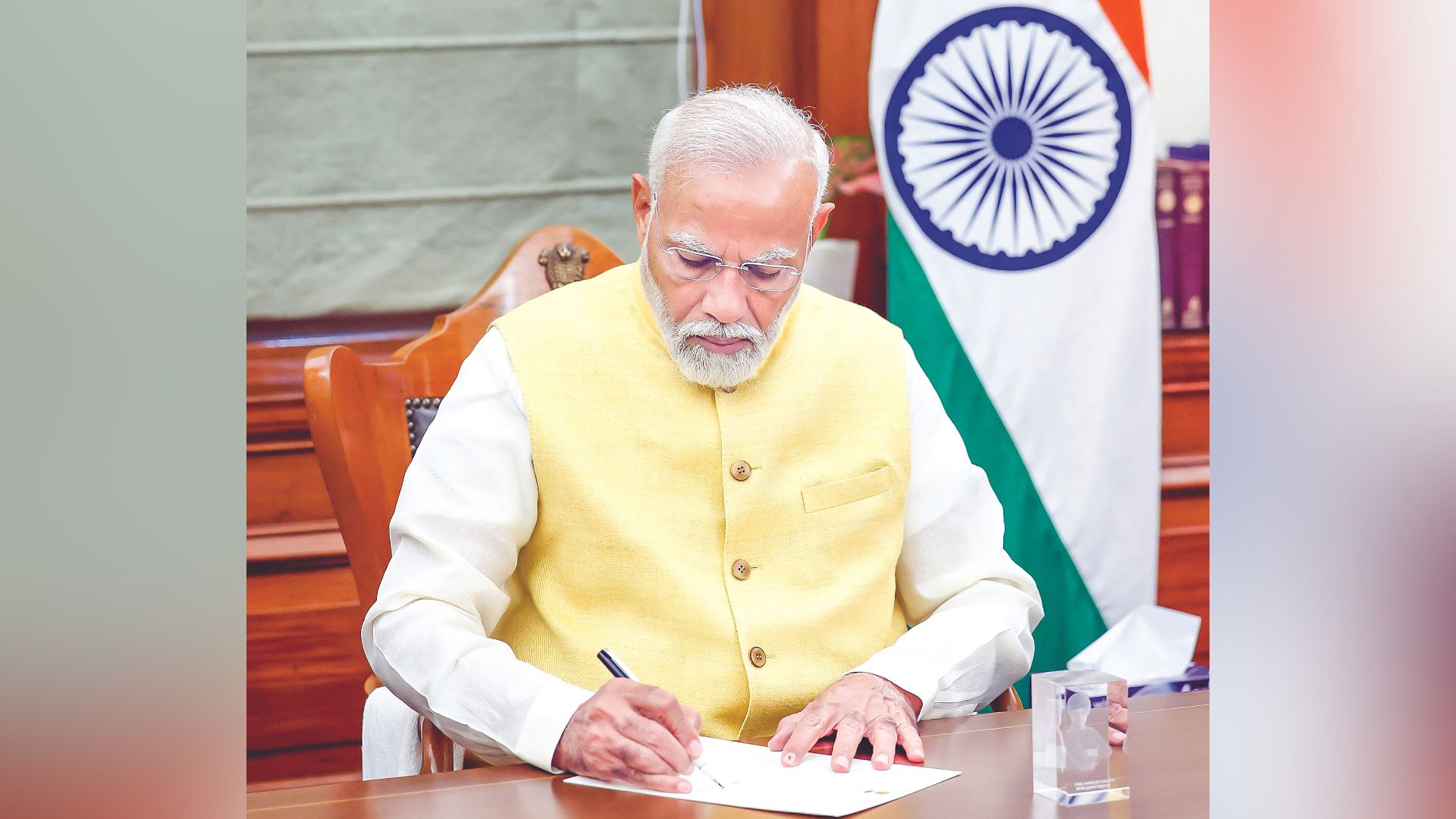
Modi Cabinet 3.0 is in place and the one thing that stands out is the theme of continuity. The Big Four ministries see the old familiar faces back in the saddle. Amit Shah, S Jaishankar, Nirmala Sitharaman and Rajnath Singh are back at the Ministries of Home, Foreign Affairs, Finance and Defence respectively. Before the cabinet was announced, I had mentioned that there were some markers that would tell us whether this is a Modi Cabinet or one that has been influenced by the RSS and Allies. The first giveaway was, would Amit Shah be back at Home Ministry, for it was rumored that this was one of the conditions the TDP had laid down. The second marker was to check whether he would be able to get his favorite bureaucrats turned ministers back again, for when the mandate is not a sweeping one, political compulsions and RSS pressure would weigh in. On both these points, the PM has been able to have his way – for not only is Amit Shah back but so are his favorite bureaucrats, Jaishankar, Ashwini Vaishnav and Hardeep Puri. In addition, Nirmala Sitharaman who has been the PM’s first choice at the Finance Ministry post Arun Jaitley’s demise also retains her portfolio. In more ways than one this is a Modi ministry and the indications are that despite the lesser mandate, not much else has changed. This will continue to be a Modi dominated show.
Of course there will be some compromises. With TDP and the JD(U) on board, it would be difficult for the BJP to go ahead with its Uniform Civil Code. But the PM has shown that he can adapt to the changed circumstances. Ever since the results poured in he has been referring to his new government as a NDA one and not just a BJP one as he used to in the past. (He also very smartly got himself elected as the leader of the NDA before the BJP elected him as their parliamentary party leader, thereby bypassing any challenges). However, he has also made some concessions, such as the inclusion of his bete noir Nitin Gadkari in the cabinet who returns as the Union Minister for Roads & Highways. Interestingly, this time around, the PM also sought the blessings of former prime ministers, across the aisle, both Dr Manmohan Singh and HD Deve Gowda, as well as the former President Pratibha Patil. This is not something he did in his earlier stints. Plus the first decision he took after resuming the office of the Prime Minister was an outreach to the farmers – which is one community that is not very happy with the BJP.
The first test of the coalition government came from Ajit Pawar’s NCP that has only one Lok Sabha MP in parliament. Yet the NCP was not happy with a minister of state berth that had been allocated to it, and has asked for a Cabinet portfolio for its nominee and Rajya Sabha MP Praful Patel. The NCP stayed away from the swearing in ceremony. Will the PM oblige?
The RSS has also spoken. In his first public address post the results, RSS Chief Mohan Bhagwat brought up the ethnic conflict in Manipur which remaining a festering question wound in Modi 2.0’s track record. The RSS Chief also stressed on the need for building consensus with the Opposition, pointing out “Election is a process of building consensus. Parliament has two sides so that both aspects of any question can be presented…The way in which people abuse each other, misuse technology, and spread fake news during election campaigns is not right.” Again, reaching out to the opposition was not the hallmark of Modi 2.0, but as they say, the times, they are a changing !
The Prime Minister’s biggest test would be ensuring that parliament runs smoothly for he will be facing a resurgent opposition after a very bitter election battle. This is probably one of the reasons why he has appointed the amiable & resourceful Kiren Rijiju as the Parliamentary Affairs Minister.
If the PM gets it right – and indications are that he probably will – then he will that a coalition government can actually achieve much more than a single party rule. He has the (very successful) examples of Narasimha Rao, Dr Manmohan Singh – and the BJP’s own Atal Behari Vajpayee before him.